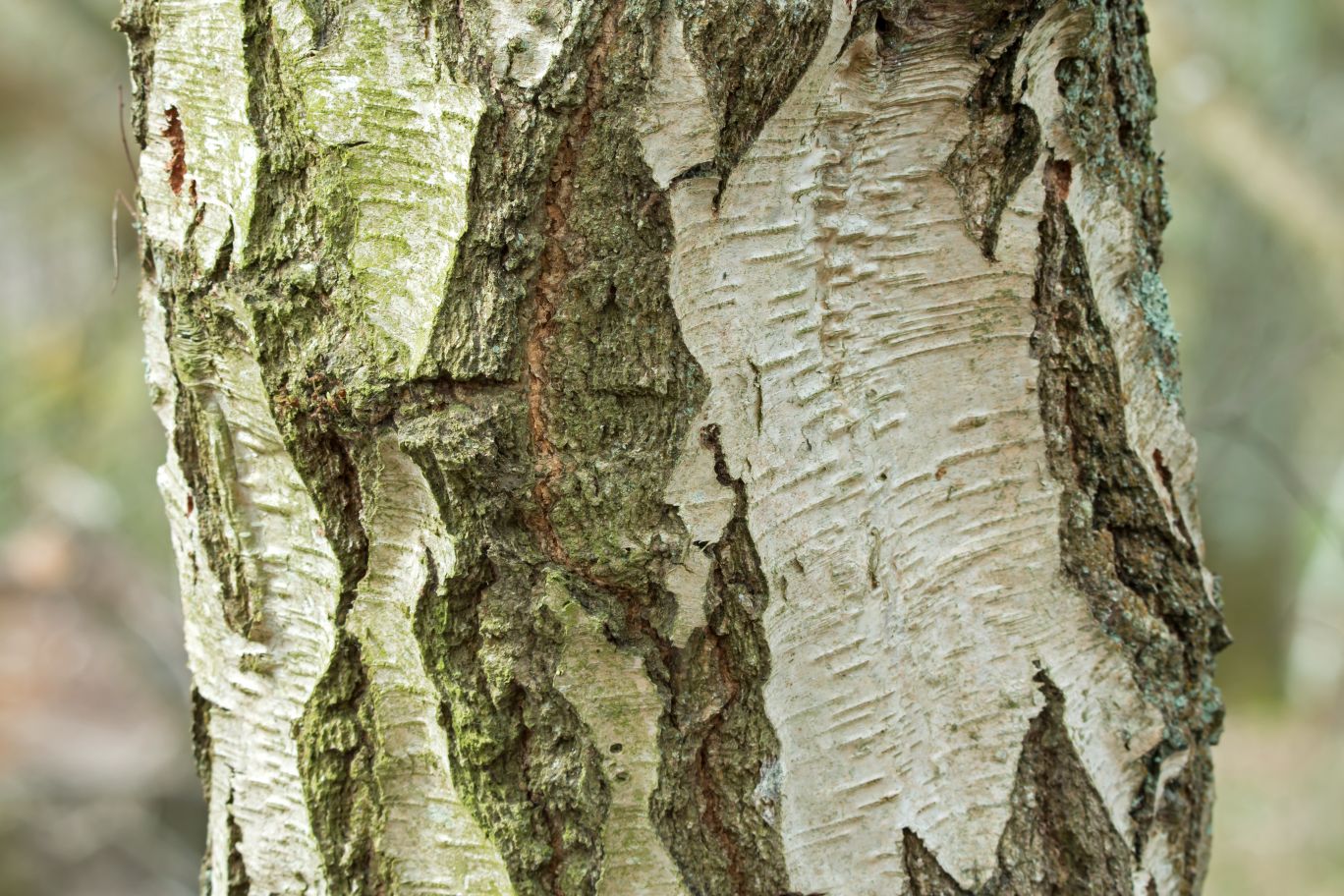Fissures in a Tree's Trunk Can Be Cause For Concern

Assessment from industry-confirmed arborists can forestall extreme property harm.
Tree disappointment is a significant reason for property harm, particularly after high breezes. In the event that the breeze is sufficient, even solid trees can be evacuated or broken. Nonetheless, it probably won't take a tempest or high breezes to make a broke or spoiled tree fizzle under its own weight.
Distinguishing Issues
"Mortgage holders stressed over trees falling and harming property should call a certified arborist for an on location assessment," prompts Tchukki Andersen, BCMA, CTSP* and staff arborist with the Tree Care Industry Association (TCIA). Andersen noticed that trees are hereditarily intended to withstand storms, yet everything trees can come up short – and imperfect trees bomb sooner than sound trees.
"To an expert arborist," notes Andersen, "certain imperfections are markers that a tree has an expanded potential to come up short."
Be careful with Cracks
Breaks in tree trunks can be one of the significant pointers of an unsound tree. Most breaks are brought about by ill-advised conclusion of wounds or by the parting of feeble branch associations.
They can be found in branches, stems or roots, and fluctuate in type and seriousness.
The course of the breaks
There are flat and vertical breaks. Flat breaks stumble into the grain of the wood and grow not long before the tree comes up short, making them undeniably challenging to distinguish. Vertical breaks run with the wood grain along the length of the tree and may show up as shear or ribbed breaks.
Shear Cracks
Shear breaks can run totally through the stem and separate it into equal parts. As the tree twists and influences in the breeze, one-half of the stem slides over the other, stretching the break. In the end, the amplifying break makes the two parts of the stem shear separated.
Ribbed Cracks
Ribbed breaks are made as the tree endeavors to seal over an injury. Edges of the break meet and cross section yet are resumed because of tree development or incredibly chilly temperatures. Thicker yearly rings are made to settle the creating break at the area of the injury. This structures the ribbed appearance over a time of numerous years.
These breaks put a tree at high danger of disappointment and are particularly perilous when joined with different deformities or rot.
A certified arborist can decide the potential for disappointment by estimating the shell thickness in a couple of areas around the tree's circuit, deciding the width of the break opening, and searching for the presence of some other sort of deformity.
What is the danger?
Breaks are risky on the grounds that they compromise the construction of the tree. They can ultimately part the stem in two and are extremely hazardous when joined with interior rot. The presence of various breaks and rot demonstrates a possibly perilous tree.
Track down an expert
An expert arborist can survey your scene and work with you to decide the best consideration for your trees. Contact the Tree Care Industry Association, a public and expert asset on trees and arboriculture since 1938. TCIA has in excess of 2,300 part tree care firms and subsidiary organizations that perceive tough security and execution norms and who are needed to convey responsibility protection. TCIA additionally has the country's just Accreditation program that assists shoppers with discovering tree care organizations that have been reviewed and certify dependent on: adherence to industry norms for quality and security; upkeep of prepared, proficient staff; and devotion to morals and quality in strategic policies.
For additional info, visit Fishers Tree Care
